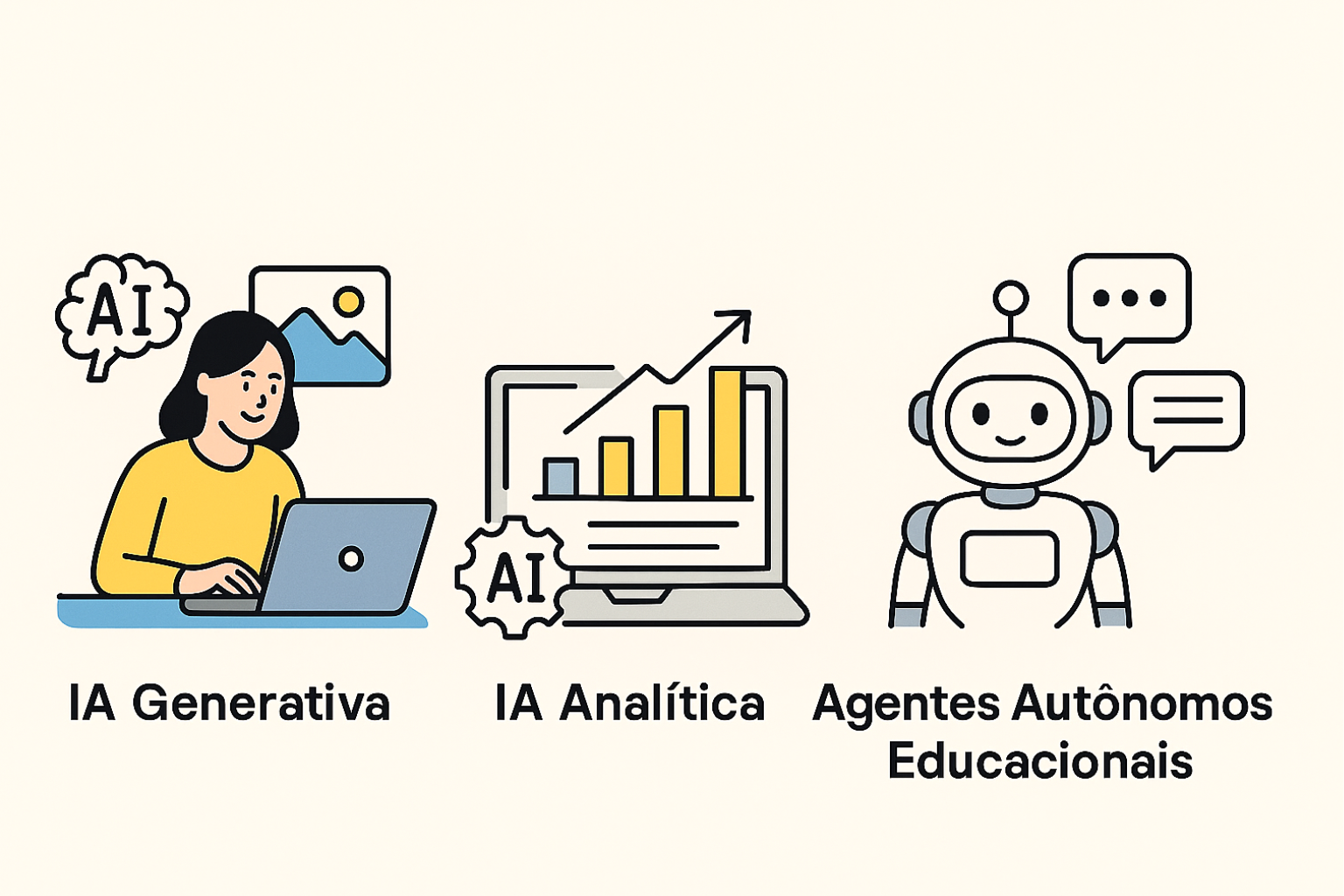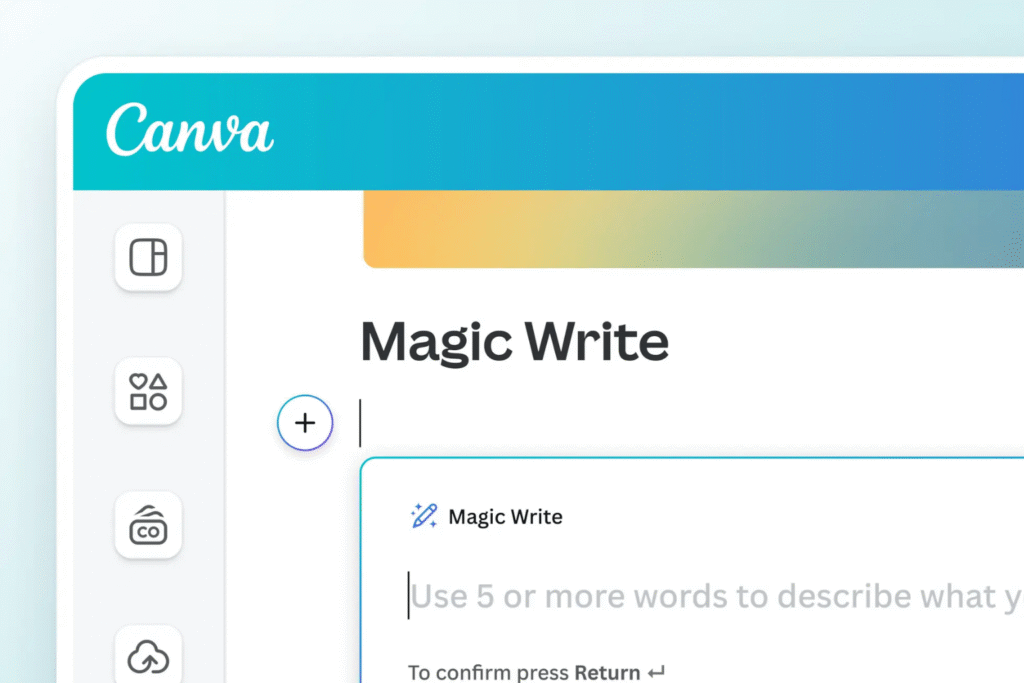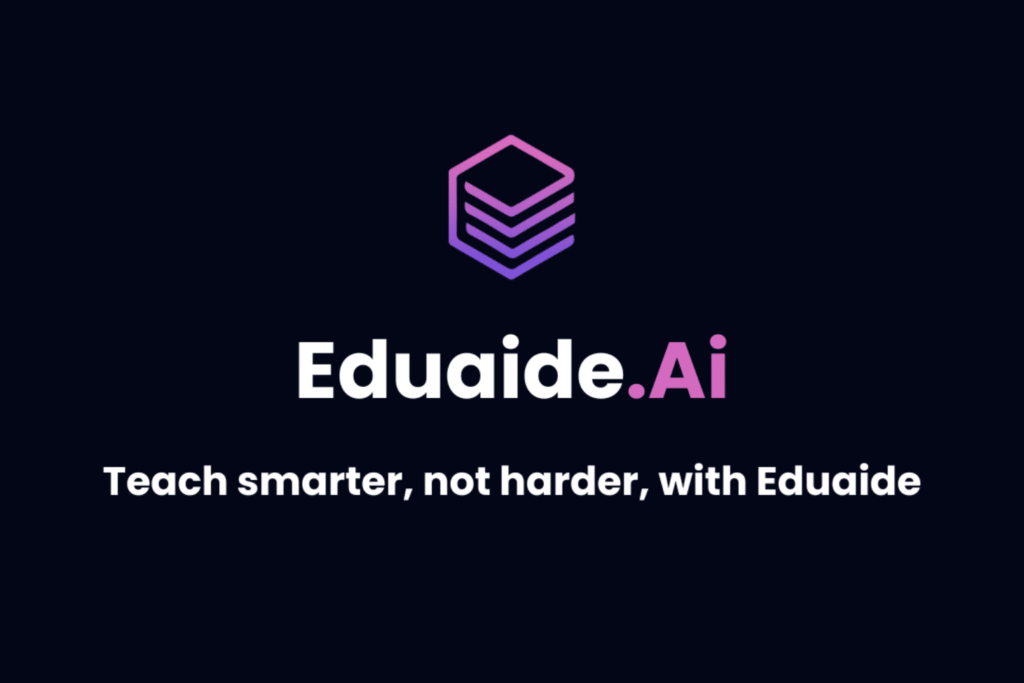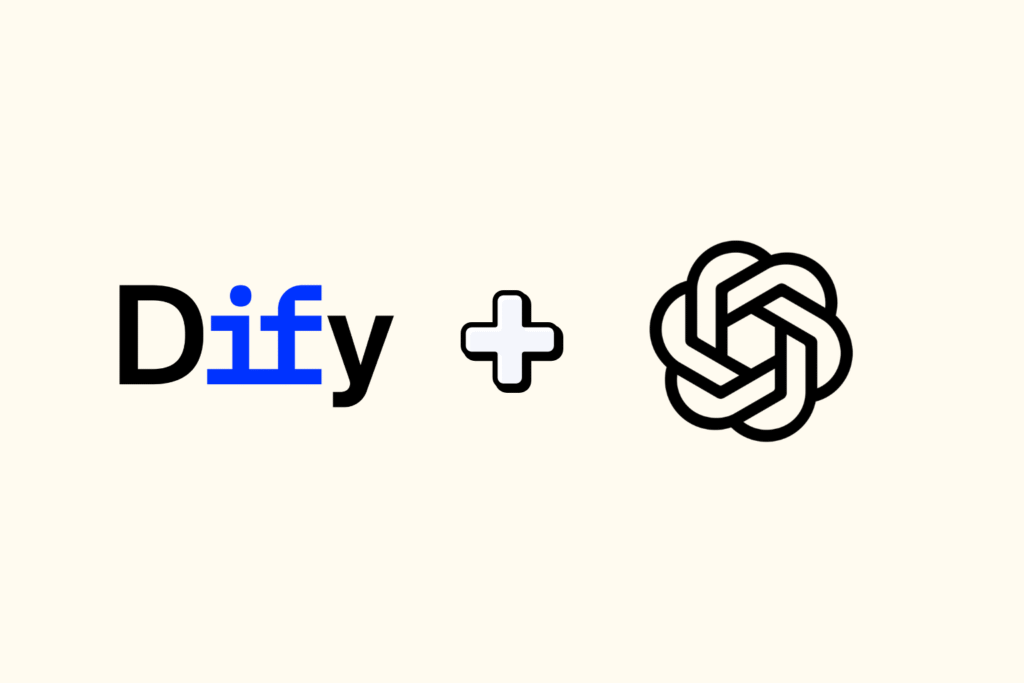Have you ever stopped to think if it were possible build a money making machine? That would be incredible and could definitely help you pay the bills and get out of the red in 2024.
For now, we still don't have instructions for this machine. But we can help you in this mission of get some extra money in 2024.
Best of all, you can do this from the comfort of your home, using just your computer.
In this article we will teach you how to earn extra income by creating apps no code. Don't worry, you don't need to know how to program to create these applications.
Just know the no-code platforms and you'll be ready to develop amazing apps without writing a line of code.
At this point you may be wondering: how can creating apps generate extra income? Know that it is possible monetize your apps in several ways and that's what you'll learn here.
Are you curious? So keep reading and discover how to make money with apps without knowing how to program.
Table of Contents
Tips for earning extra income by creating apps without code

If you're not yet familiar with the world of codeless programming, don't worry. There are many ways to learn about no code and, here on our blog, we have several articles that teach you this.
Now we're going to give you tips on how to earn extra income by creating no code apps! Let's go?
Create an innovative app
Here on the blog we have already explained how to create an app with or without code.
The first step is to think of an innovative app that is really necessary for people or companies.
Your application must solve a real problem for your users, offer a unique experience and differentiate yourself from the competition.
But how to do this? You should start by researching your target audience, market trends and which segments best suit your skills.
For example, if you have an affinity for the practice of meditation, it is a good way to start. Ask yourself: “What is missing when I am meditating? Could an app solve this problem?”
During this reflection you may realize that you miss a notification blocker. In other words, an app that blocks everything that is not related to meditation practice.
At this point you have arrived at a product, the next step is research and analyze whether it will be viable. So, you must ask yourself:
- How big is the potential market for your app?
- Who are your direct and indirect competitors?
- What are the differentiators and competitive advantages of your app?
- How much will you charge for your app and what is your monetization model?
- How will you publicize and promote your app to your target audience?
- What technical and financial resources are needed to develop and maintain your app?
- What are the risks and uncertainties involved in your project?
The important thing is to be honest when answering these questions and Don't be afraid to start the whole process over again. Research, get informed, conduct online questionnaires to gauge public interest. Take some time to check the viability of this app!
Sell the app in the app store
With the app ready, it's time to start selling it in app stores. And how does this work? First, you need to publish your app on the main stores, such as the Google Play Store and the Apple App Store.
After that, you need to set a fair and competitive price for your app. Take into account the value it delivers, O audience it reaches and the competition he faces.
One advantage of placing your app in the app store catalog is that it is possible to earn recurring income. With each new download, part of the amount paid by the user reaches you.
You must pay a commission to the app store, which can vary from 15% to 30% of the value of your app.
Make an app with no code and offer your subscription
Another option, in addition to selling the app in the app store, is to offer your subscription.
This way it is possible to have a predictable extra income, as the user pays a monthly or annual fee to have unlimited access to your app and its resources.
It's very simple to do this, you just need define a plan payments and subscriptions attractive and profitable, which has an appropriate price and offers exclusive benefits.
Using this strategy, it is important to keep your app updated and relevant, as users can cancel their subscription at any time.
Use freemium
O freemium is a very popular way to make money with apps. But how does it work?
The user can download your app for free, but it only works partially. To use all the features, you have to pay.
Let's go back to the example of the app that blocks notifications during meditation.
In the version free, the user can have access to this service for just 20 minutes a day. But, if he meditates for longer and wants to continue using this functionality, he will need to become a monthly or annual subscriber to the service.
Using this business model, you can increase the number of downloads of your app, as the user does not have to pay to download.
On the other hand, it is possible that there is a low conversion of free users to paid users, as the user may be content with the free version or not see value in the full version.
Place advertising in your app
Has it ever happened to you when you're using an app and an ad for games, stores or products appears? It may seem a bit inconvenient for the user, but it is a good way to make money with apps.
To implement these advertisements, you need to choose a compatible platform that offers relevant ads and pays well. It is worth highlighting that it is It is very important to place these ads in such a way that the user does not feel bothered or invaded.
Some advertising platforms you can use are:
- Adsense: Google's advertising platform, which displays ads based on your app's content and the user's interests;
- Admob: Google's mobile advertising platform, which displays text, image, video, and interstitial ads in your app;
- Facebook: Facebook's advertising platform that displays image, video, and carousel ads in your app.
Make partnerships
In any business, having partnerships is a fundamental step towards growth. In the case of apps no code, it is important to find platforms that have a audience similar to yours.
Also, see if it has a good audience and a value proposition that complements yours.
Another way to establish partnerships can be through the exchange of services. Exchange is when you exchange your no code creator service for the service of another person or company, without involving money.
For example, you can create an application. no code for a digital influencer in exchange for promoting your app to their followers.
Have sponsors
Not everyone will be able to start their apps creation journey with a sponsor.
But know that this is a good option to be studied, because in this case you receives a fixed or variable amount from a company or a person to promote your app.
One tip is to find companies or people who are interested in associating their brands with your app.
In the case of a meditation app, you can find sponsors that are related to the theme, such as health food stores, yoga gyms, alternative therapy clinics, etc.
Remember to show the value and potential of your app, presenting data such as number of downloads, active users and positive reviews. You also need to negotiate a clear and advantageous sponsorship contract for your business.
Offer your no-code creator services
Once you have learned how to develop apps in code, you can work with it more sporadically. For example, you can promote your work on social media and websites. freelancers.
This way you can find people or companies that need no-code solutions and are willing to pay for this service. Our advice is define a apps portfolio that shows its quality and versatility.
Furthermore, try to offer a fair and competitive price for your services.
Create apps ordered by customers
The last tip to earn extra income is to create apps ordered by customers. You can develop customized apps according to the specifications and needs of its customers.
If you are going to go this route, invest in a briefing very detailed and don't be afraid to talk and ask your client questions.
It is very important that you understand the needs to avoid redoing the work. You also need to offer post-delivery support and maintenance and ensure your customer satisfaction.
Creating apps is very easy with No-Code Start-Up!
With No-Code Start-Up, you learn how to develop robust applications without having to worry about codes.
Find out more about our courses that can help you.
Discover our free Bubble course for creating applications!
Another option is the FlutterFlow course.
Don't leave it until tomorrow, come surf the No-Code wave with us!






















